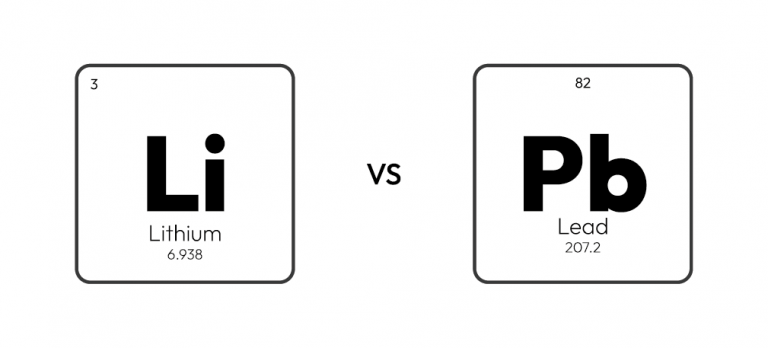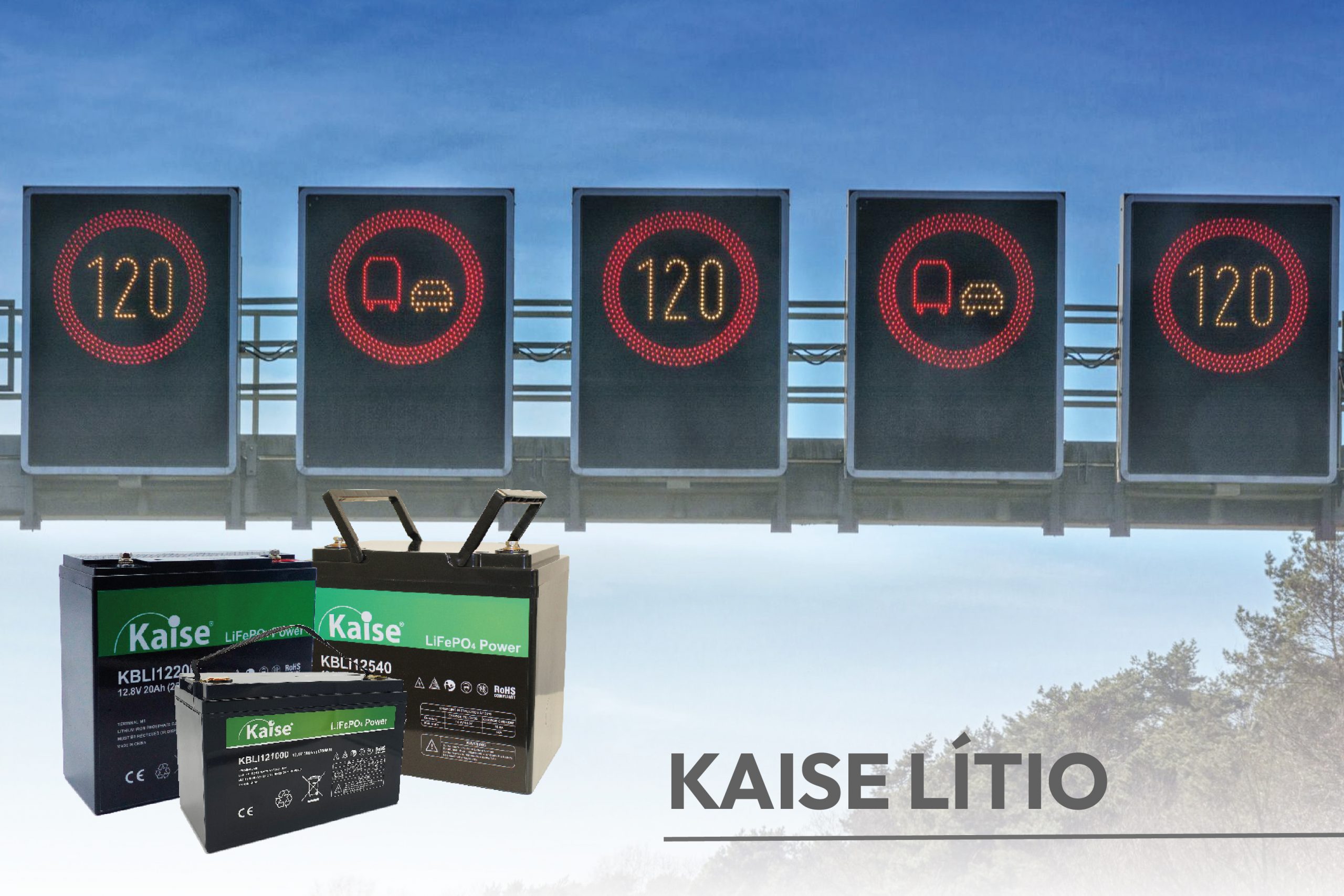LITIO

Li-Ion vs Lead
Lithium has higher capacity available at high discharge rates. Usable energy is increased with higher consumption due to higher and more stable voltages (due to the PEUKERT EFFECT, Pb batteries lose energy at high discharge rates and therefore affect the usable energy available and decrease the battery voltage). Lithium voltage remains more stable during discharges.
● Higher efficiency, saving electricity (energy) costs between 15% and 20% for each charge cycle for Lithium compared to Pb, due to the higher efficiency of the Lithium battery (ɳ≈ 95%) compared to AGM Lead batteries (ɳ≈ 80%) with higher losses.
●Higher number of cycles: average savings of 80% in cyclic use due to battery durability/cyclability.
●Higher energy density, the space and structure required to install a lithium battery bank is approximately half that required for a Pb-VRLA battery bank with the same energy (kWh).
●Higher usage temperature range.If the normal operating temperature with lead is 20° and 25°C in lead, lithium can be used in temperatures up to 45°C without drastically reducing its service life.
●Excellent behaviour in PSOC. Unlike lead-acid batteries, LFP lithium batteries have excellent PSOC (Partial State of Charge) behaviour, i.e. they do not suffer a capacity reduction with partial cycles in which no 100 % recharge is made.
●Lower theft rate of lithium batteries, currently they are not recoverable by “recyclers”.
●Lithium batteries require virtually no maintenance. Whereas the manufacturers recommended maintenance for VRLA Pb batteries indicates quarterly checks (voltages, ripples, internal resistance, capacity test and tightening torques).




